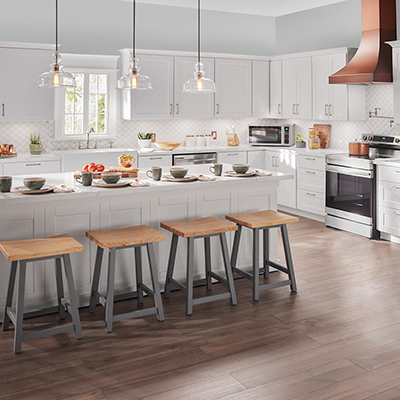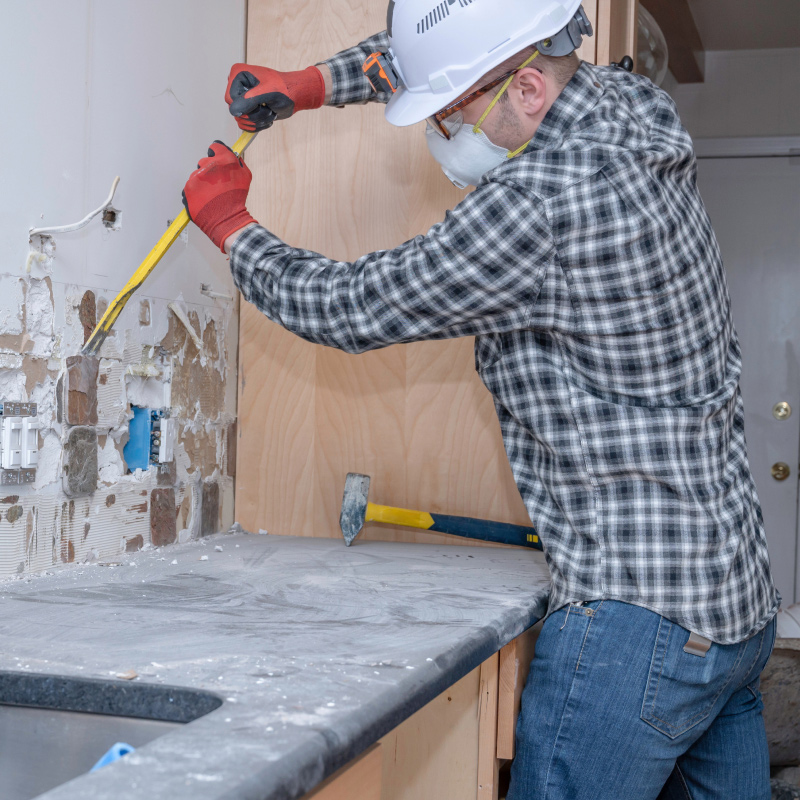How to Make a House Flipping Business Plan
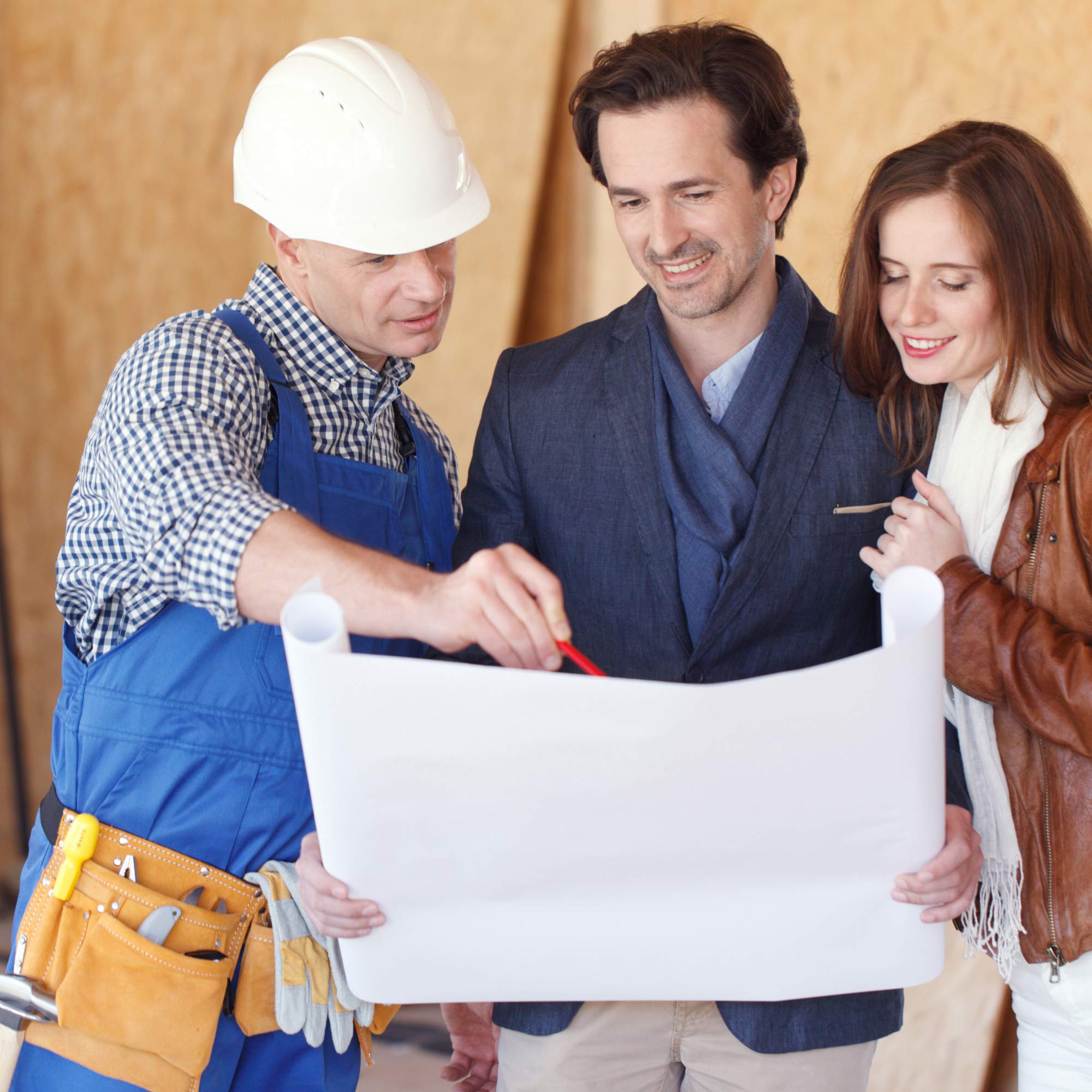
Last updated August 12, 2024
Flipping houses remains a popular type of property investment in the United States, despite a competitive housing market with high costs for homes, building materials and labor.
The key to profitable house flipping is making a successful business plan that accurately projects costs and timelines. This guide reviews how to make a house flipping business plan and precisely estimate your profits.
Difficulty:
Advanced
Duration:
Over 1 day
Table of Contents
Is Flipping Houses Profitable?
How to Make a House Flipping Plan
How Much Should You Pay for a House to Flip?
Options for Fixing and Flipping a House
How Much Does It Cost to Flip a House?
More Tools. More Products. More Perks.
Is Flipping Houses Profitable?
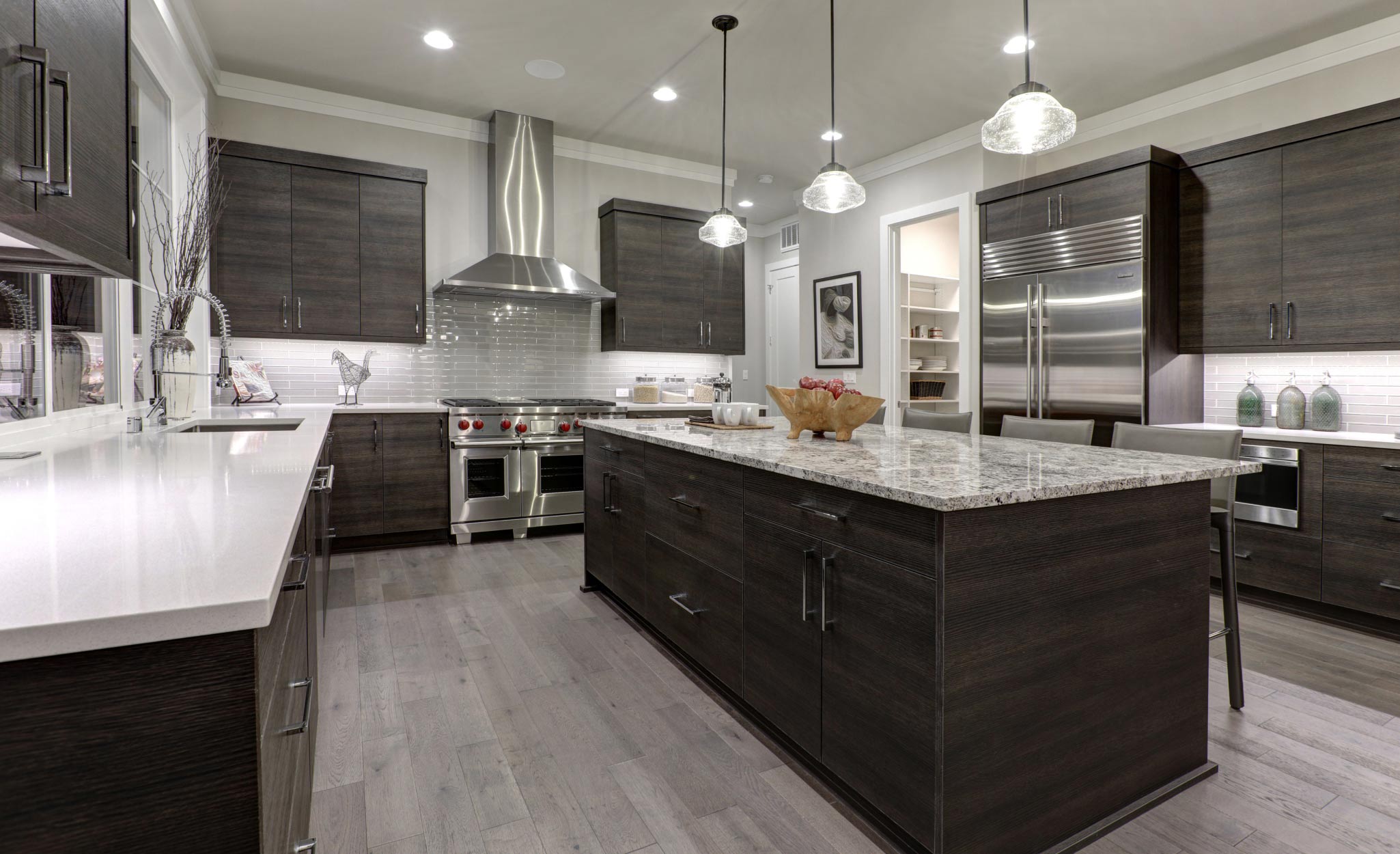
In March of 2022, the average net profit for flipping a house in the United States was $30,000. One out of every 10 homes sold in the first quarter of 2022 was a flip, according to a report by real estate data company ATTOM.
However, gross profits for flips have been declining. In 2021, average gross profit dropped from $67,000 to $65,000. Return on investment also declined to 26% in the first quarter of 2022.
In recent years, the housing market has seen the costs of homes and building materials hit record highs. This reduces a flip’s potential profits, while high demand makes finding undervalued homes to flip more challenging.
Successful flips can see returns on investment of 20% or more. Whether house flipping is profitable depends on the flipper’s plans and expectations. If the combined purchase price, rehab expenses and fixed costs exceed the home’s market value, the flip cannot make a profit.
There are several reasons why house flipping profits are not as high as previous years:
- High demand in the real estate market means prices are higher for all homes. This includes the distressed or undervalued ones that can make the best flips.
- Demand is further elevated by a recent slowdown in building new houses due to the pandemic. Fewer newer houses on the market can drive up demand for older ones.
- Supply chain issues have driven up the cost of building materials, so home repair or rehabilitation expenses cost more.
- Labor is in greater demand, partly due to homeowners increasing remodeling projects in recent years, so contracting costs are also elevated.
Housing being a seller’s market can offer some cost savings. Since houses can be sold more quickly, the potential holding costs will be driven down.
How to Make a House Flipping Plan
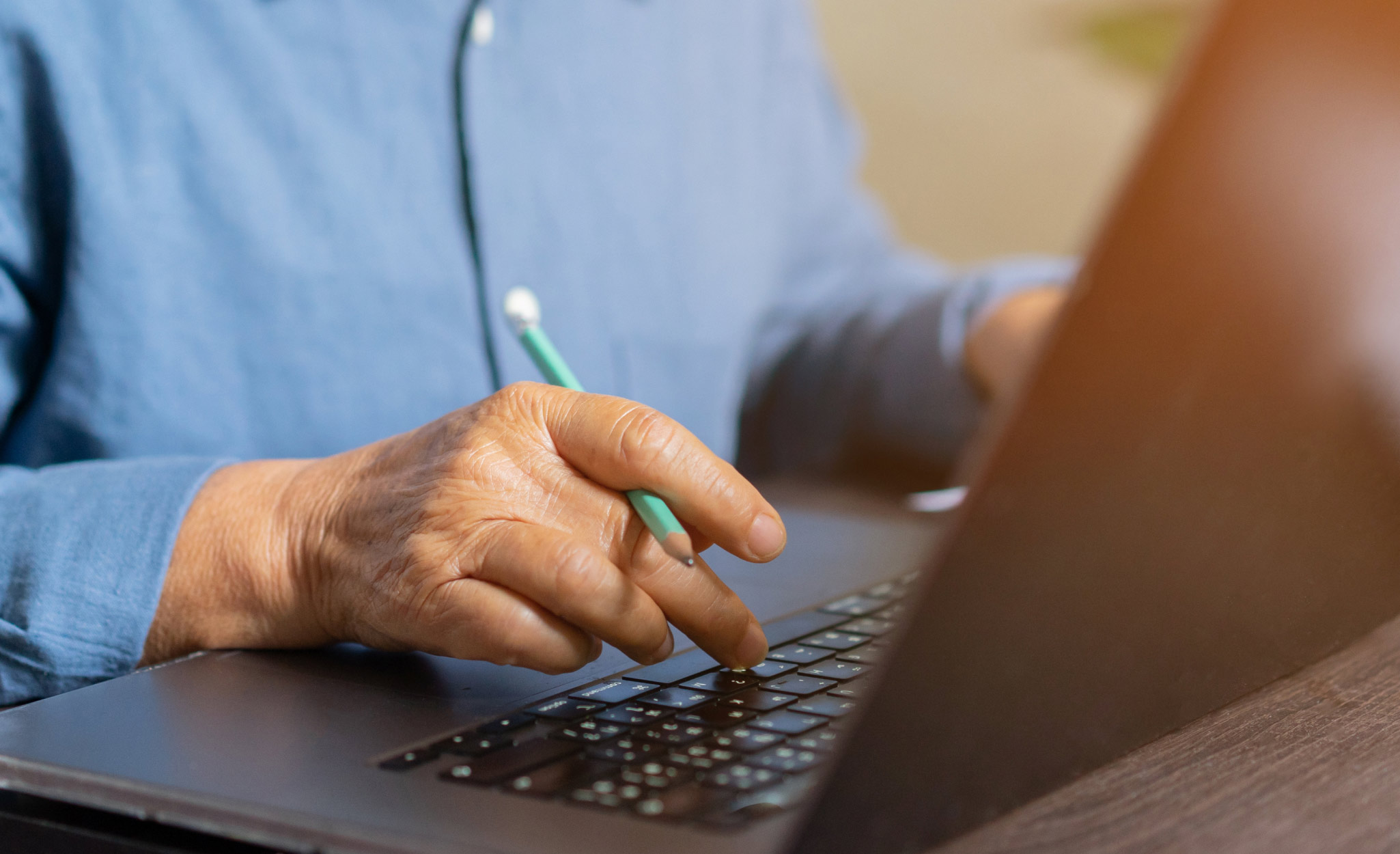
“There’s a saying in house-flipping that goes, ‘The money’s made when you buy the house',” says James Dainard, co-founder and managing partner of Heaton Dainard Real Estate and a podcaster at real estate investment website BiggerPockets. “But really, the money’s not made on the buy. The money’s made on how well you can execute the plan.”
Creating a business plan is crucial to organize the flip, create a budget and set profit expectations. The business plan can also serve as a document to attract potential partners or investors, depending on how you finance the flip. This section reviews the basics of how to make a house flipping business plan.
A formal house flipping business plan should include a 1-2-page summary of the plan and a mission statement about your goals and objectives. Specific goals can be easier to target and attain than vague ones.
Choose a suitable area and analyze the housing market. Avoid neighborhoods that have low supplies of suitable homes or are likely to offer poor ROI. Seek undervalued homes in neighborhoods with such selling points as good schools, high employment opportunities and low crime rates. (See our guide How to Find the Right Houses to Flip.)
Create a budget for your fix and flip project. Calculate the amount you can spend on the flip and your desired profit. Budgeting includes accurately estimating home rehab or repair costs and the area selling price based on After-Repair Value, or ARV. (Many flippers avoid projects that offer less than 10% profit.)
Create a timeline for property development. Determine your major rehab projects and estimate how long they will take, including home inspections.
Determine a financing plan. Most flippers, especially first-timers, do not have cash to buy, fix and flip a house. Study the various types of loans and financing to find the one that best fits your situation. Some financing methods include:
- Paying cash for the property
- Financing through the owner of the property
- Taking out a mortgage from a conventional lender such as a bank or credit union
- Taking a loan from a private investor or a “hard money” lender
Choose your “team” of important contacts or trusted resources for the various stages of the flip. This may include a real estate agent, a lawyer, a certified public accountant, a lending institution, a home inspector and a contractor. Line these up before buying a property, as finding contractors or other professionals during the flip can be time consuming.
Make sure your plan includes an exit strategy for how you plan to sell the property. This can include back-up plans for selling or even renting the property in case the housing market takes a downturn.
“Always have multiple exit strategies,” says J Scott, investor and contributor to BiggerPockets. “We don’t know what the economy will do a month from now, let alone six months from now.”
Be conservative when planning your timeline and budget as flips always cost more and take longer than expected. Add 20% to both estimates.
Pro Tip: Real estate crowdfunding websites provide a new method for financing flips in which multiple people will invest smaller sums for shares in the profits.
How Much Should You Pay for a House to Flip?
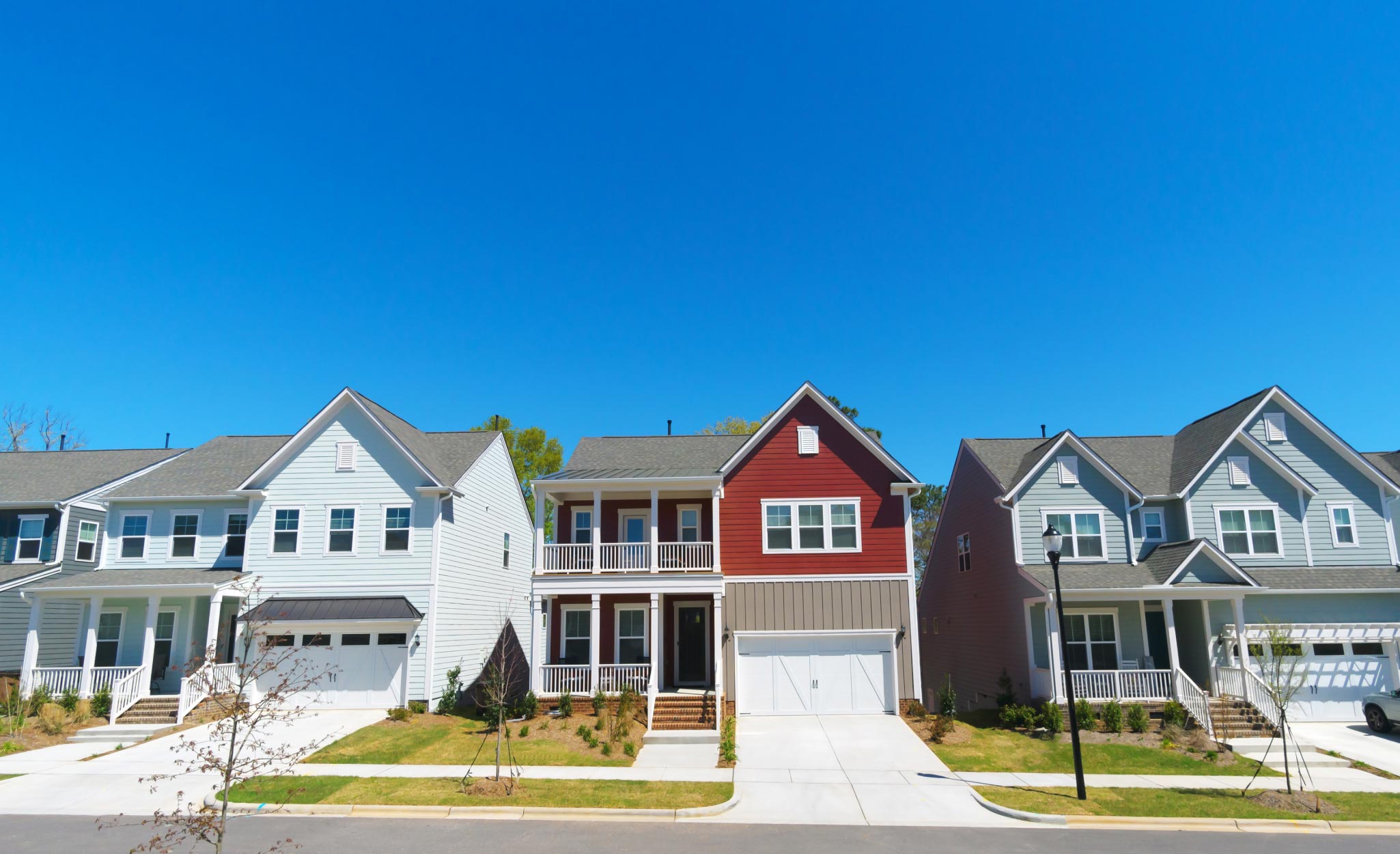
Consider several factors when making your budget for buying and flipping a house.
ARV is derived from the sale prices of area properties with comparable size, age, style and condition. Ideally, the comparable properties will be within a mile of the home to be flipped and sold within the previous 90 days. Finding the average of these sale prices provides an estimated ARV.
For a more precise ARV for your home, determine the average selling price per square foot of the comparable homes. Then multiply that average by your property’s total square feet.
For example, consider a situation where the comparable properties had an average price per square foot of $150, and your property is 1,500 square feet.
$150 x 1,500 = $225,000 for the ARV of your property
The so-called 70% rule in real estate has been a popular approach for budgeting a flip. According to the rule, house flippers should spend no more than 70% of the selling price of a home, minus repair expenses, when buying a property. The remaining 30% is for profits and fixed costs such as insurance and taxes. The fixed costs are usually about 15% of the project.
For example, suppose a home will have an ARV of $250,000 following $25,000 in repairs or rehab costs. According to the 70% rule, the investor should pay no more than $150,000 to purchase the home:
$250,000 x 0.7 = $175,000 (70% of $250,000)
$175,000 - $25,000 = $150,000 purchase price
The 70% rule can have limitations. “Since fixed costs are typically around 15% of the project, using the 70% rule will lock in profits at about 15% of the project as well,” says Scott. “But, if your fixed costs are more or less than average, it can either throw off what you think is a reasonable price or will cut into your profit.”
As an alternate to the 70% rule, Scott suggests the following formula for determining the maximum purchase price.
Maximum Purchase Price = Sales Price – Fixed Costs – Desired Profit – Rehab Costs
This takes the same approach as the 70% rule, without being constrained by the 70% figure, which can be arbitrary and unsuitable for potentially profitable houses in some markets.
Options for Fixing and Flipping a House
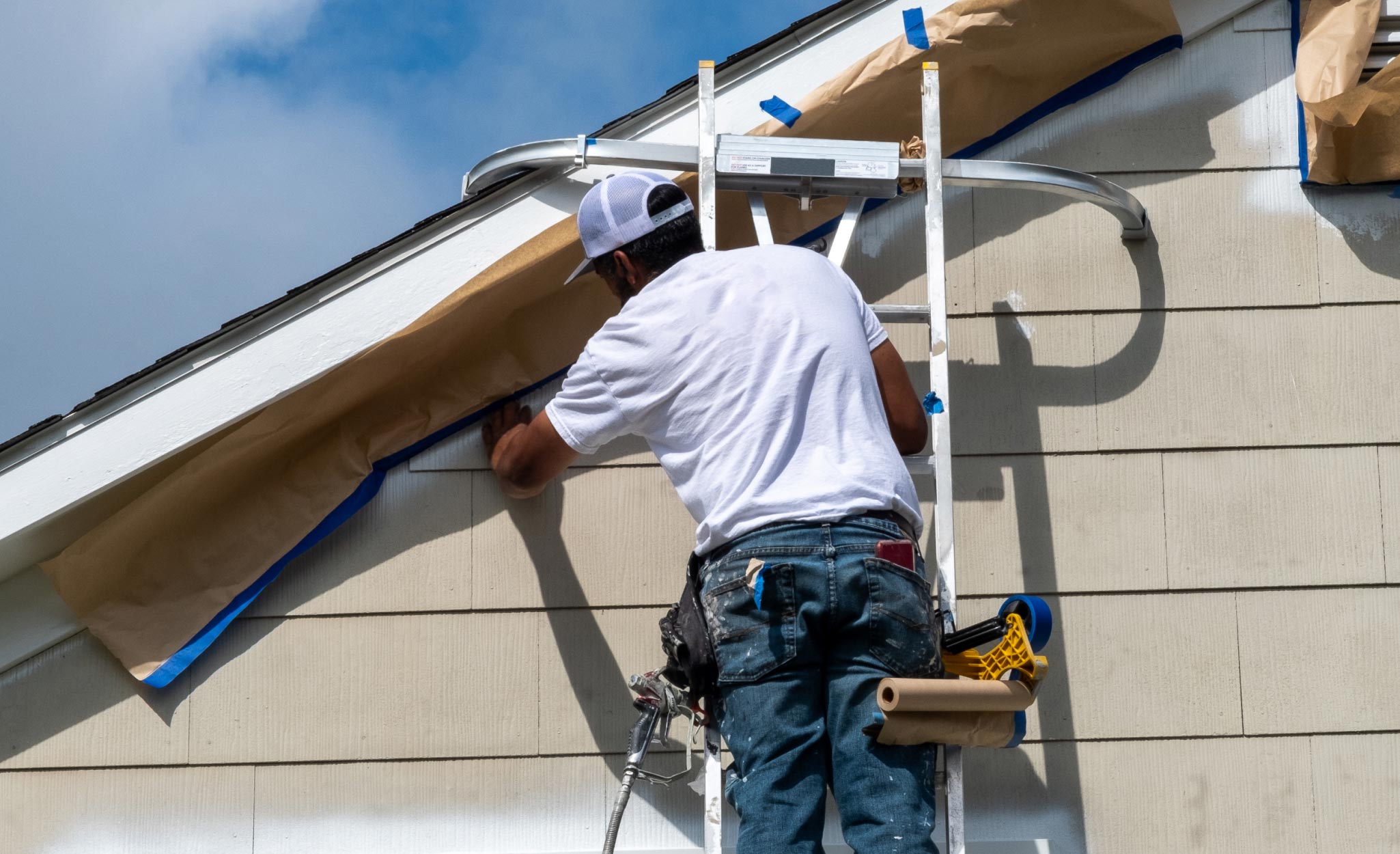
A consequence of a hot housing market with high competition for homes is that, once you’ve found a home to flip, you can pursue multiple options for making profits.
“When flipping, there isn’t only one decision tree,” says Scott. “There are lots of different scenarios, each with a different sales price and profit.”
Scott offers some flipping scenarios you can choose once you’ve purchased a property in order from the lowest to highest potential profits. (These dollar values are just examples for comparison purposes.)
- Do no rehab to the home and resell for $1,000 profit.
- Fix 1-2 big ticket items and resell to another flipper or real estate investor for $3,000 profit.
- Make low-level renovations (such as painting the walls) that are good enough for renting out the property and sell to a landlord for $10,000 profit.
- Make a thorough cosmetic rehab and sell to a retail buyer for $20,000 profit.
- Tear the house down and build a new one for $100,000 profit.
In each case, the amount of the property’s profit should increase with the flipper’s investment.
How Much Does It Cost to Flip a House?

Determining how much it costs to flip a house involves many variables. Rehab expenses can vary greatly based on the age, type and general condition of the house. As indicated above, the amount the investor chooses to spend will also dictate the bottom line.
There are four areas for house flipping costs.
- The purchase price of the house, including any closing costs such as appraisal fees or commissions
- Rehab costs, including labor costs for contractors, designers, electricians, painters and inspectors as needed (Some experts suggest investors can expect to pay between $10 and $60 per square foot for renovations.)
- Carrying costs, or the expenses incurred between buying the property and selling it. This can include insurance, utilities, taxes and interest rates based on the method of financing. Holding costs can be $500-$1,000 a month, and rehab often lasts 4-5 months.
- Marketing and sales costs, which can be about 2-5% of the final sale price
A house flipping rule of thumb suggests estimating that the total cost to flip the house as around 10% of the purchase price.
More Tools. More Products. More Perks.
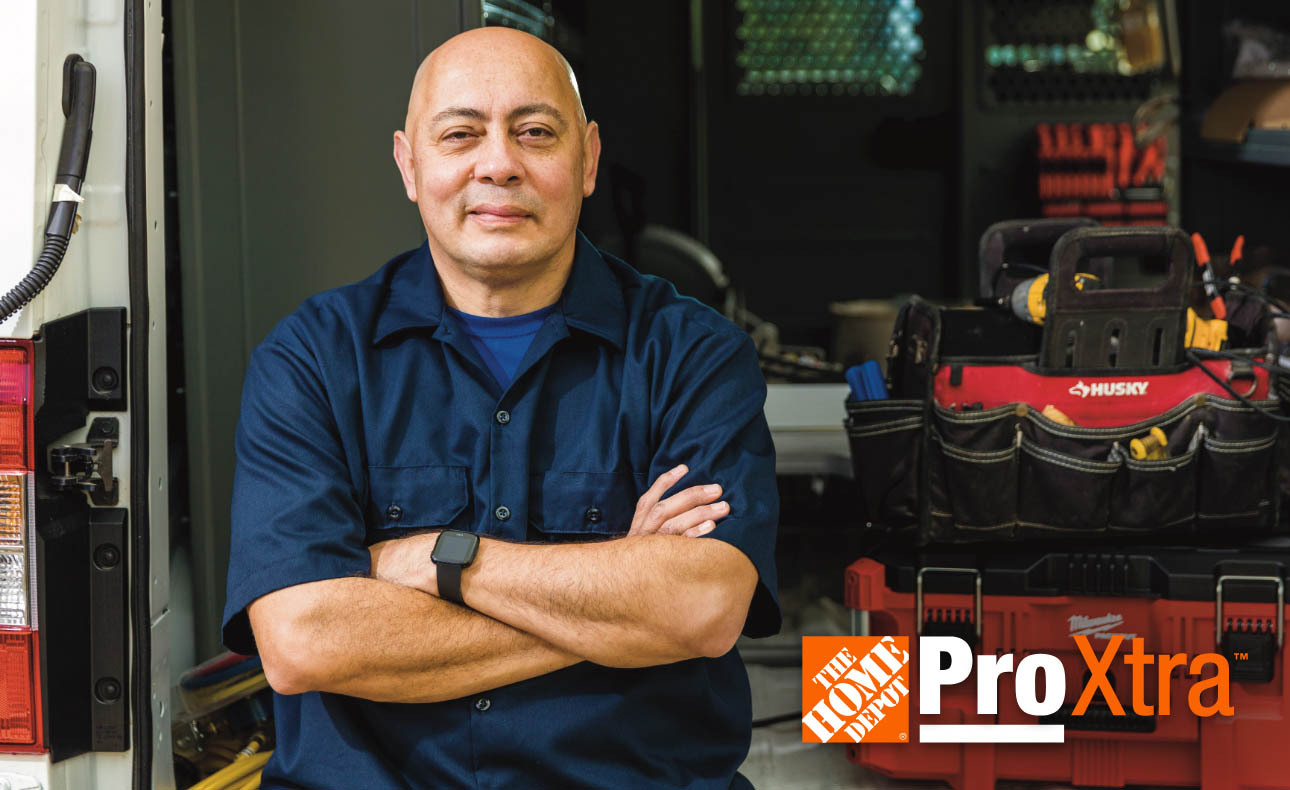
Be more competitive and boost your bottom line with Pro Xtra, The Home Depot’s free loyalty program built for Pros. Sign up today to access the enhanced Pro Online Experience, built with the online business tools and time-saving features Pros need.
When ordering rehab supplies for your flip, use a free Pro Xtra membership to create a quote and lock in pricing.

